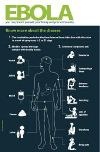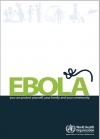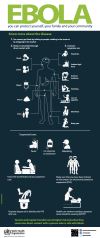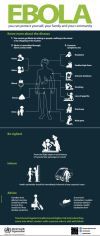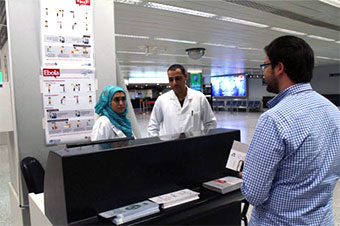Ebola
Ebola virus disease (EVD) is a severe, often fatal illness in humans. The case fatality rate is around 50%. The virus is transmitted to people from wild animals and spreads in the human population through human-to-human transmission. EVD first appeared in 1976 in 2 simultaneous outbreaks, one in Sudan, and the other in Democratic Republic of Congo. The latter occurred in a village near the Ebola River, from which the disease takes its name. The virus family Filoviridae includes 3 genera: Cuevavirus, Marburgvirus, and Ebolavirus. There are 5 species that have been identified: Zaire, Bundibugyo, Sudan, Reston and Taï Forest. The first 3, have been associated with large outbreaks in Africa. The virus causing the current outbreak belongs to the Zaire species.
Information Resources
Peer-reviewed articles
Laboratory diagnosis of Ebola hemorrhagic fever during an outbreak in Yambio, Sudan, 2004
Onyango CO, Opoka ML, Ksiazek TG, Formenty P, Ahmed A, Tukei PM, Sang RC, Ofula VO, Konongoi SL, Coldren RL, Grein T, Legros D, Bell M, De Cock KM,Bellini WJ, Towner JS, Nichol ST, Rollin PE.
Technical guidance
Publications, technical guidance on Ebola
Case definition recommendations for Ebola or Marburg virus diseases: interim guideline | Arabic
 |
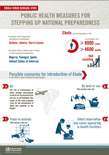 |
Public health measures |  |
Ebola case definition (November 2018, WHO Regional Office for the Eastern Mediterranean) |
|
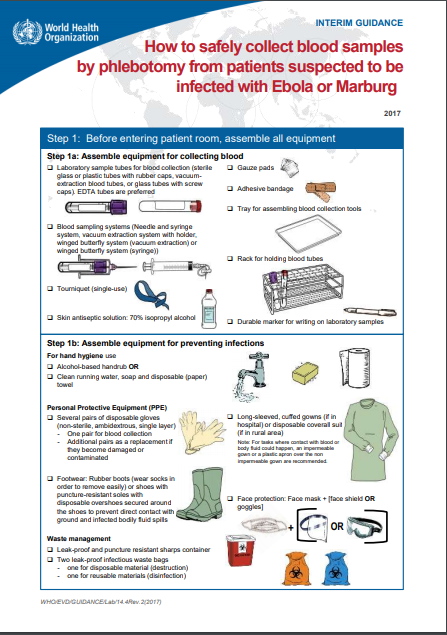 |
Safe blood sample collection |
 |
Safe oral swab collection |
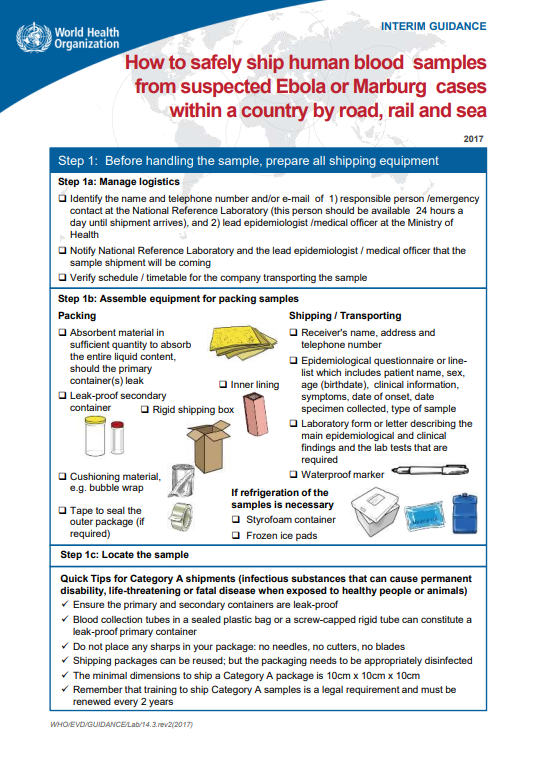 |
Safe blood sample shipment |
Risk communications
Posters
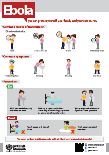 |
General public |
|
Health care workers |
 |
Travellers |
|
Point of entry officials |
Leaflets
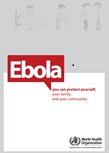 |
General public |
|
Health workers |
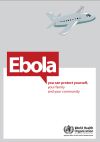 |
Travellers |
|
Point of entry officials |
Roll-up banners
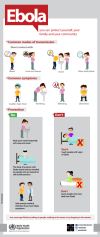 |
General public |
|
Health workers |
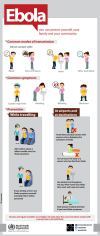 |
Travellers |
|
Point of entry officials |
Videos
Trainings
openWHO training course: Ebola knowledge resources for responders
Ebola training toolkits and packages (including Rapid Response Team training)


